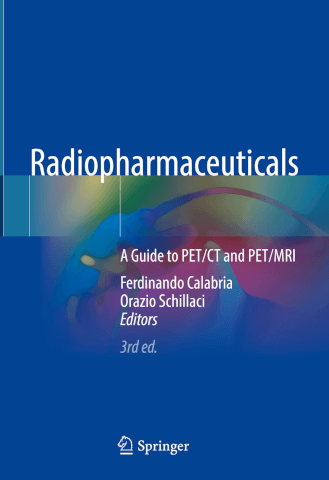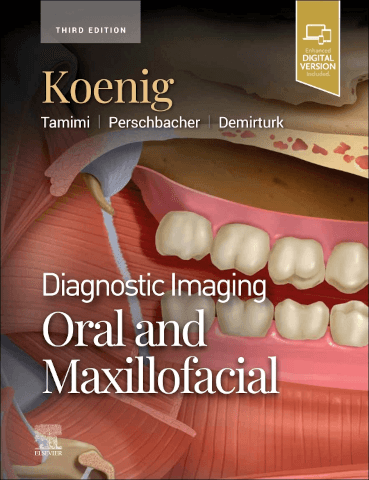
Radiopharmaceuticals: A Guide to PET/CT and PET/MRI, third edition
Description
Updating on major PET radiopharmaceuticals currently in use and their main clinical features
Presenting in each chapter PETCT acquisition protocols, specific to each tracer
Featuring numerous clinical cases, with multi-tracer evaluation in a single patient
Additional information
|
Author(s):
Calabria, Schillaci | Calabria, Schillaci |
|
ISBN:
978-3-031-54195-7 | 978-3-031-54195-7 |
|
Publisher:
Springer | Springer |
|
Reviewed by:
Clara Ferreira, senior nuclear medicine technologist, NHS England and Coventry University | Clara Ferreira, senior nuclear medicine technologist, NHS England and Coventry University |
Publisher price: £118.99
This book attempts to serve as a comprehensive guide for PETCT and PETMR radiopharmaceuticals, promising insights into their clinical applications and practical uses. It covers a wide array of tracers and includes more than 250 clinical cases; however, its execution leaves much to be desired.
One of the book’s strengths is its broad coverage of tracers, ranging from 18F-FDG to 68Ga-PSMA and even FAPI. It provides some detailed case studies and highlights theragnostics. However, these strengths are undermined by significant flaws that make it difficult to recommend wholeheartedly.
The book fails in one of the most basic responsibilities: clarity. Figures often lack annotations, such as location labels. This is not just a minor oversight but a glaring error in a book written by professionals in medical imaging, which comprises much of the value of the book. This is something you would expect from a trainee’s rushed PowerPoint presentation, not from seasoned professionals who claim to guide others in the field.
The inconsistency in quality across chapters is another major issue. While the 82Rb chapter is detailed and well referenced, the 18F-FDG or 68Ga-SSTR chapters feel like afterthoughts. The lack of recent references – some chapters cite studies no newer than 2019 – is inexplicable, especially given the rapid advancements in molecular imaging. For a new edition published in 2024, failing to incorporate the latest research is lamentable.
Another area where the book falters is repetition, particularly around the semi-quantitative nature of SUVs, without offering meaningful explanations or alternatives like SUVmean or SUVpeak. For a book targeting beginners, this could have been an opportunity to introduce and explain these terms with practical examples, but instead, the authors seem to have taken the path of least effort.
On top of this, concepts like dual timepoint imaging with 18F-FDG, equipment specification or even protocols for the 18F-FDG uptake are either rarely mentioned, ignored or mentioned incorrectly. For those at the beginning of their careers – the target audience, supposedly – this omission is critical. The idea of training someone in PETCT while omitting fundamental technical aspects like 4D PETCT for motion correction or the role of the radiotherapy table and the patient’s mask in imaging is frustrating.
Finally, the book’s navigation is clunky, and even clicking on the chapter names in the contents page does not take you to the respective section but rather to the chapter website.
Overall, this is a book that never quite lives up to its potential. While it offers some valuable insights and is peppered with good case examples, the lack of attention to detail, outdated references and critical gaps in information make it unsuitable for its intended audience. For anyone serious about learning PETCT or PETMR, you would be better off looking elsewhere, or at least supplementing this book heavily with other, more refined and reliable resources. It is an unfortunate combination of ambition and poor execution, where even the basics are missing.
To purchase this title at our discounted rate email: katherine@radmagazine.com.




